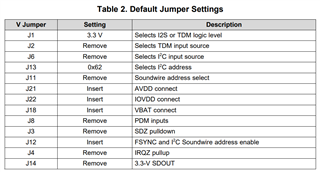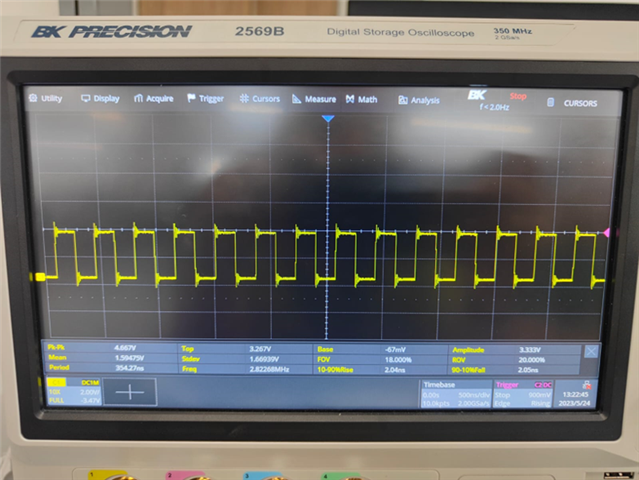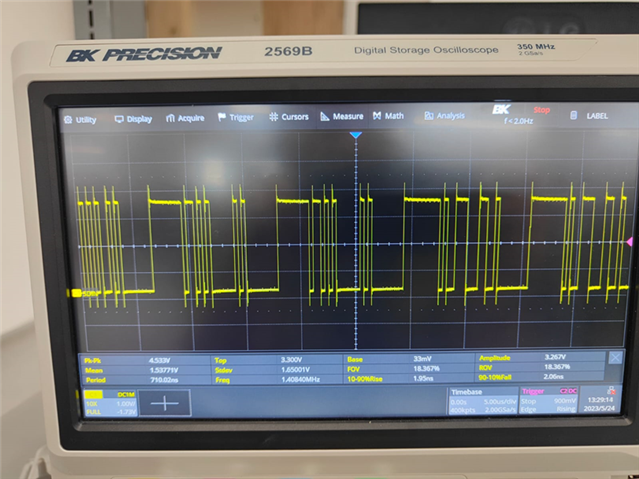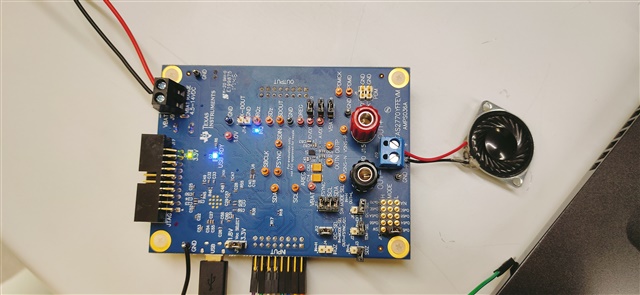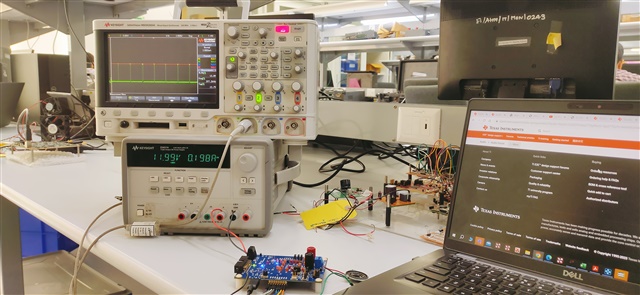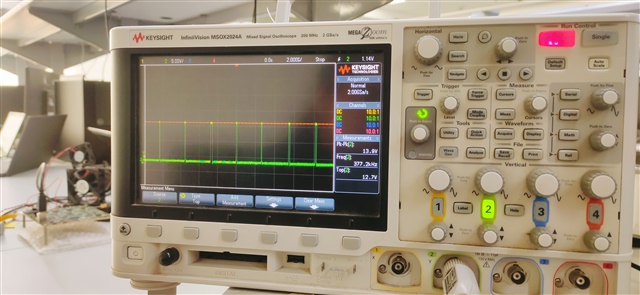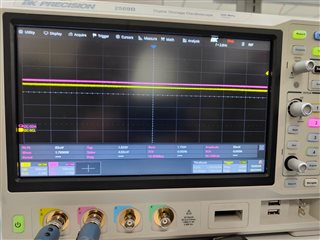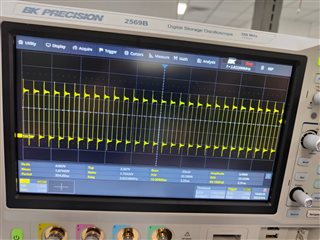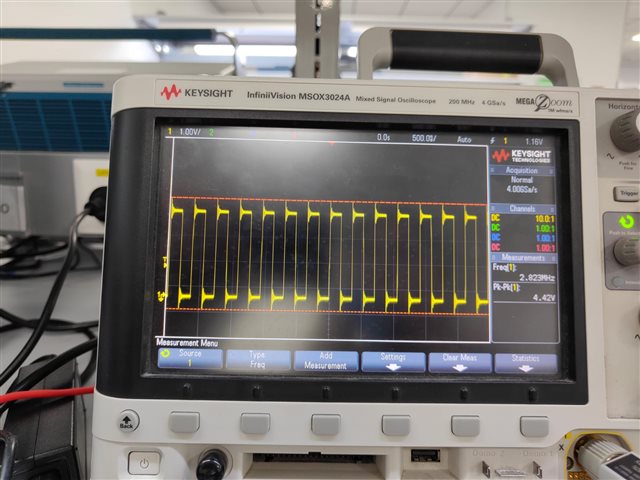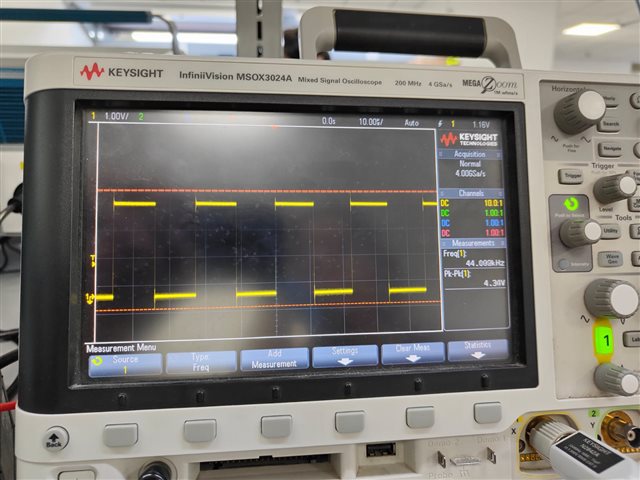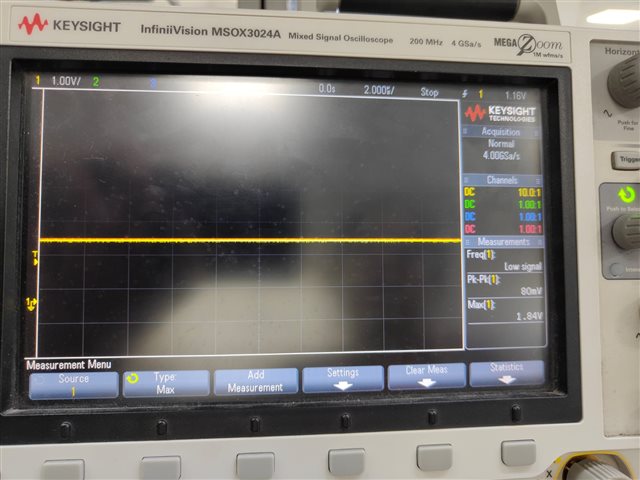Other Parts Discussed in Thread: TAS2770,
Hello Customer Support Team,
We are currently performing PoC on TI TAS2770 audio amplifier and need your assistance for following.
The details of the device are as follows:
Device Name: TAS2770YFF Evaluation Module
Model Number: TAS2770YFFR
Host machine: Windows 10 OS
Currently, we are just trying to play from windows as Host machine and using Pure Path Console 3 application. When we play something on Windows machine, we can see SDIN data signal is active and there is some data passing through but still we cannot hear anything on speaker.
If you require any additional information, please do let me know.
I look forward for your prompt response and resolution of my request.
Thanks & Regards


